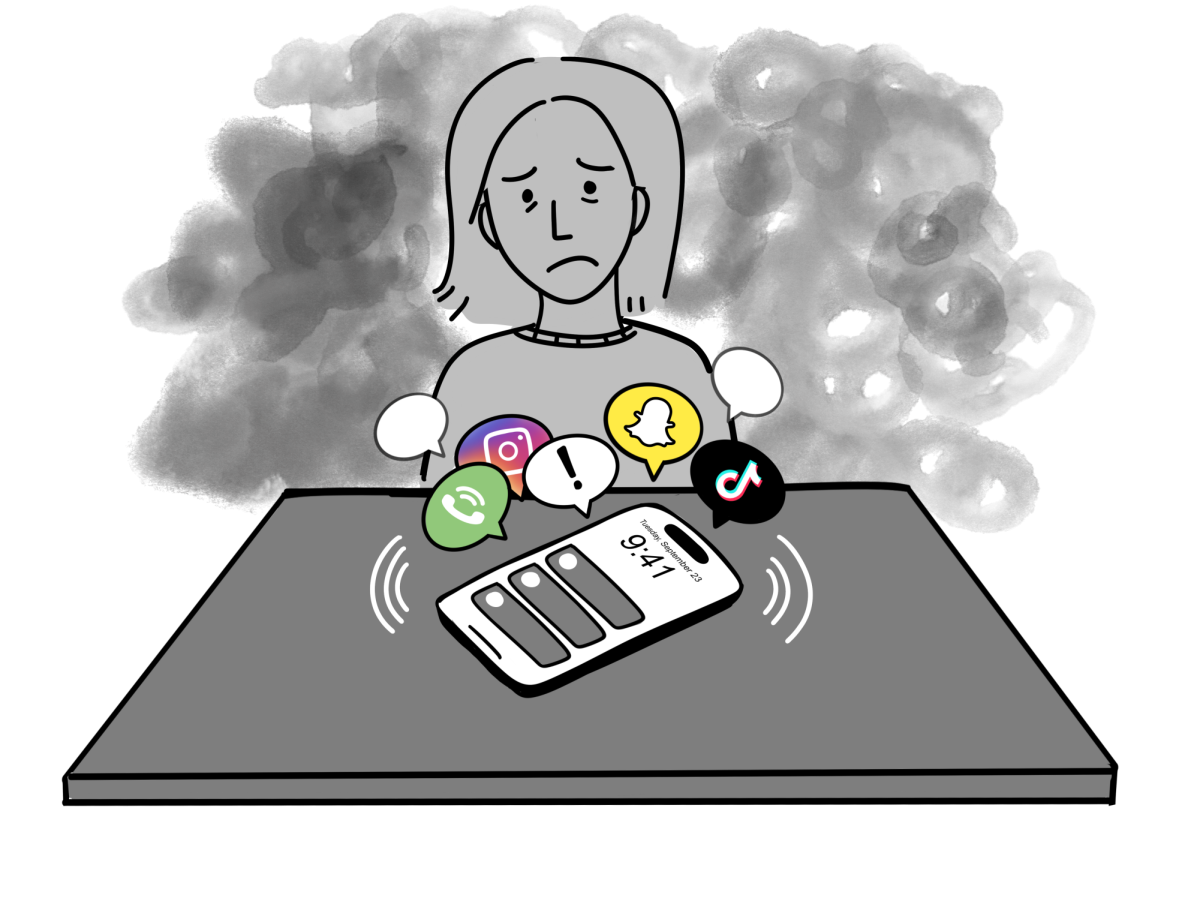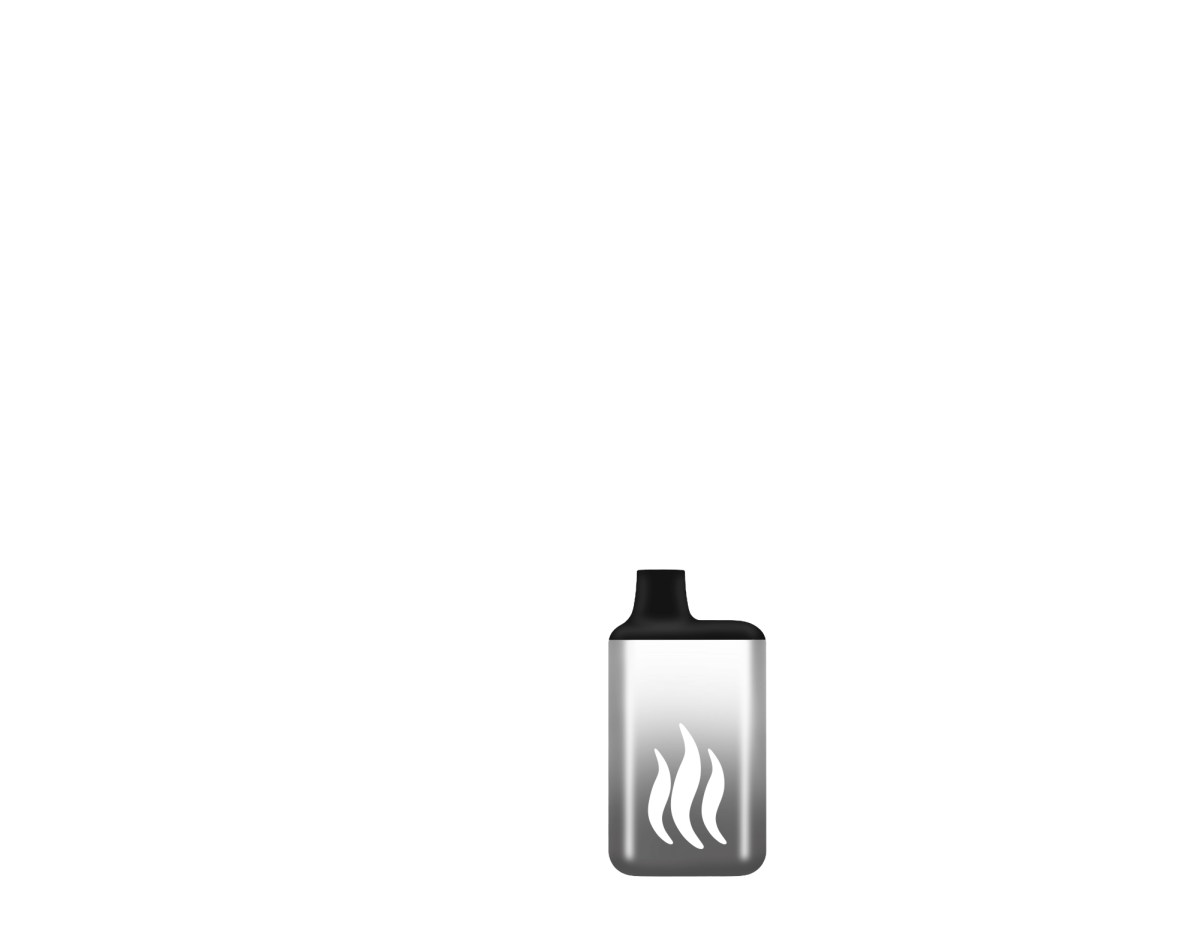For anyone at LM who’s been affected by the volatility of these past few school years, it can be easy to grow weary of the unrelenting changes to our school day. It can be easier still, to long for a sliver of consistency; for things to just “go back to normal”. Unfortunately, it has become evident that there is no returning to life before the Coronavirus pandemic. It’s important for Lower Merion’s administration to recognize that students will never learn the same way they did before the pandemic – and teachers will never teach the same way either. It’s for these reasons that the newly instituted and reinforced policies of the pre-COVID are a step in the wrong direction.
With COVID safety protocols in place, it was crucial that Lower Merion re-opened its campus for in-person learning. Accommodations such as a late start and early dismissal for upperclassmen with frees helped to ameliorate the repercussions of having too many students in close proximity during the school day. With constant teacher absences and a lack of substitutes to fill the gap, students were relegated to the cafeteria or library for either a Zoom class or asynchronous learning.
Given the last couple of school years with these liberties, students returned to campus this year with similar expectations. An open campus, lack of substitute teachers, and lighter course loads would have been seen as “normal.” But since school has returned, it seems that the pre-COVID rules are back in place. This poses a fundamental problem. Certain pre-COVID returns such as unmasking and normal school hours have proved easy for students to return to. The way in which students learn and interact, however, has been drastically affected and altered by the pandemic and the return to normalcy has not proven as easy.
Much research has shown that since the start of the pandemic, students’ needs have changed. According to The Brookings Institution, “students and educators continue to struggle with mental health challenges [and] higher rates of violence and misbehavior.” Despite this clear difference, the LMHS administration has changed seemingly nothing about the way students are taught throughout LM. They have reinforced and reinstated policies of the past, without recognition of a changed student body. Sure, those rules may have been sufficient for students pre-COVID. However, a change in student’s minds and behaviors must warrant a change in regulation and policy enforcement.
The transition from virtual learning to in-person did not come without its challenges. The most notable problem that arose was students’ increased propensity for violence. Fights broke out consistently throughout the second half of the 2021 – 2022 school year, and seemed to be a result of the mishandled switch from virtual to in-person learning. In all fairness, COVID was a difficult time for all. Most students in the building hadn’t experienced a normal semester of high school yet, and therefore, didn’t know how to handle the change. It, too, was an unprecedented experience for LM staff, and no one was prepared for the challenge it would provide. However, that is not to say that fights couldn’t have been prevented with adequate policies deferring them.
So what is the solution, you may ask? There isn’t a format on how to handle this change, just as there wasn’t a format on how to handle the changes in the thick of the pandemic. But it is clear that the current Lower Merion policies need to be revised. Rather than scaring students with the threat of stricter enforcement of long standing school rules, the LM administration needs to keep some lenient policies from COVID times. The shift in policy enforcement was not solely that relating to the writing policies but rather the ideologies that emerged. A true holistic view of the student experience and understanding and empathy for issues they were facing are two mindsets that need to linger in administration’s decisions. By doing this, the student body will be able to ease back into normalcy, rather than jumping right back into the deep end.





